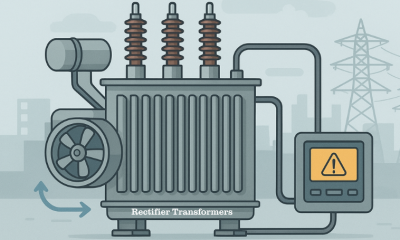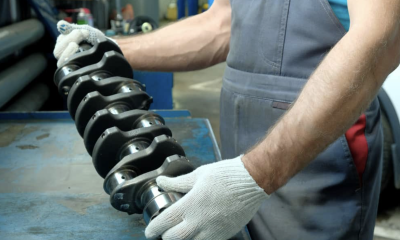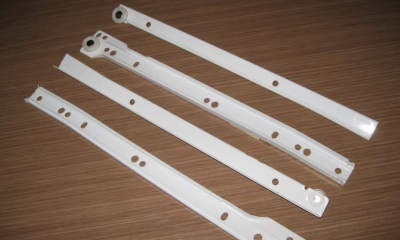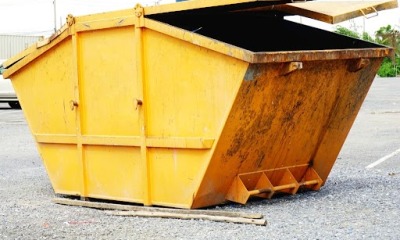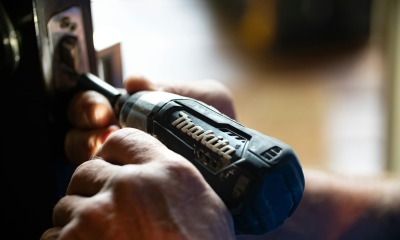Home Improvement
Demystifying the Installation Process of a Rheem Hot Water System: A Complete Guide
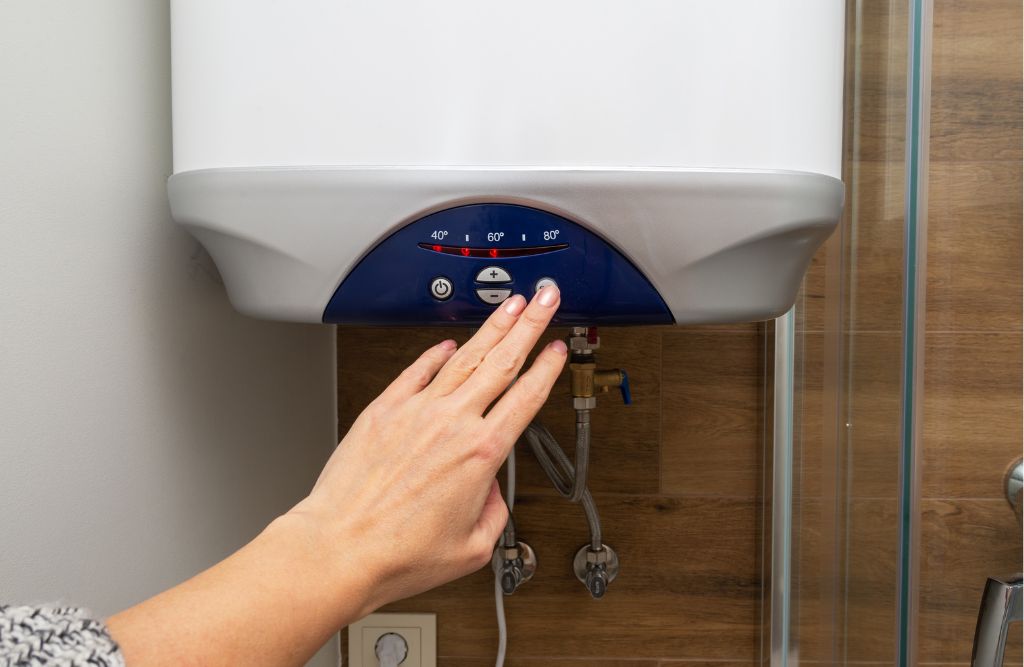
Have you ever thought about what magical process makes your icy cold water instantly hot?
with the mere flick of a switch? Or how that hot water continues to flow seamlessly for your
peace-inducing evening bath, just when you need it? It is the efficiency and effectiveness of
your hot water system at work. This blog post is specifically curated with the homeowner in
mind, for those of you grappling with the complexities of installing a hot water system. Our
focus: The installation process of the Rheem Hot Water System.
In a world that never stops freezing us, hot water in homes has become an absolute
necessity, not just a luxury. While many hot water systems proffer their conveniences,
Rheem has consistently offered a mix of affordability and outstanding performance, making it
a top choice among homeowners. However, knowing the right system for your home and
Understanding the installation process might seem a bit daunting, especially to first-timers.
But worry not! I’m here to guide you through every step, answering your pressing questions
and providing a comprehensive lowdown on what you really need to know.
This post breaks down this concept into manageable chunks to understand the installation
and maintenance of a Rheem Hot Water system without feeling overwhelmed. Now, let’s
navigate through the complexities, beginning with why installing the Rheem Hot Water
The system may just be the best decision you’ve made for your home.
Why Choose Rheem Hot Water System For Your Home?
Choosing a hot water system for your home goes beyond just picking whatever system you
find. You need to consider efficiency, durability, size, cost, and much more. Rheem, a fabled
brand in the hot water system industry, offers all these benefits in one package. With its
multiplicity of systems to fit diverse homeowner needs and a stellar track record of reflection,
it’s not hard to see why many homes boast a Rheem hot water system.
Rheem hot water systems are applauded for their energy efficiency. These systems
conserve and utilize energy optimally, reducing your home’s carbon footprint while
simultaneously cutting down on those pesky energy bills. Furthermore, these systems are
designed to cater to varying sizes of homes, from compact urban condos to sprawling
suburban homes, Rheem has got you all covered.
But the perks don’t end there! Rheem also offers a longevity line, designed for extensive use
without frequent replacements. Their attractive warranty speaks volumes about the
confidence they have in their products, and durability.
What Do You Need to Install a Rheem Hot Water System?
You’ve decided on a Rheem and are now on the installation path. First off, commend your
excellent choice! Let’s now delve into the what of installation, starting with the tools and
parts you would need.
Tighten all nuts, bolts, and screws neatly; a set of quality wrenches comes in handy.
Additionally, you would require a soldering kit, pipe fittings, Teflon tape, and a sturdy, level
platform for the water heater itself.
Understanding your specific system is also vital. Rheem hot water systems come in different
types, including electric, gas, solar and heat pump systems. Each of these requires specific
installation steps, and understanding what your chosen Rheem system needs can
streamline the entire process.
When Is the Best Time to Install a Rheem Hot Water System?
Now to unravel the ‘when’. Five to seven years is widely accepted as the lifespan of an
average hot water system.
Of course, various tell-tale signs scream the need for a new installation – noisy pipes, poor
temperature control or water pooling around your current water heater. Also, consider the
energy efficiency factor. If your current hot water system gulps excessive energy, it’s time to
switch to a Rheem for cost-effectiveness.
Who Can Install the Rheem Hot Water System?
Let’s clarify the whos. While DIY can be tempting, it’s also risky, especially when dealing with
water, electric or gas lines.
For safety and optimal performance, a certified technician must handle the installation of
your Rheem hot water system. A professional will adhere to precise guidelines, ensuring all
parts are correctly fitted and all safety measures put in place.
Pros and Cons of the Rheem Hot Water System
Weighing the pros and cons of any installation is crucial. With Rheem hot water systems, pros
include energy efficiency, longevity, excellent performance, and a diverse range, making it
befitting for multiple home sizes.
On the downside, they may necessitate professional installation, which might be a bit
expensive. However, considering the perks they offer, many homeowners find this an
acceptable trade-off.
Maintaining Your Rheem Hot Water System
Finally, let’s tackle the care for your shiny new Rheem. Maintenance includes yearly
inspections by a certified technician, checking pressure relief valves, and regular draining to
prevent sediment accumulation.
Doing this helps ensure the longevity and optimal operation of the system. However,
ensuring maintenance through a professional keeps your Rheem’s warranty valid, providing
a safeguard against unforeseen glitches.
Conclusion
Installing a Rheem Hot Water System in your home should cease to be a mountainous task
fraught with unknowns after digesting this distinct explanation. Rheem brings energy
efficiency, longevity, top performance, and suitable options for differing home sizes to your
doorstep. Remember to consider when to install a new system and what you need for the
installation, understand your specific system, and enlist a certified technician for safe
installation, weigh pros against cons, and ensure regular maintenance for optimal operation.
Here’s to a future of unlimited hot water supply without breaking a sweat or the bank!
-

 Tech11 years ago
Tech11 years agoCreating An e-Commerce Website
-

 Tech11 years ago
Tech11 years agoDesign Template Guidelines For Mobile Apps
-

 Business6 years ago
Business6 years agoWhat Is AdsSupply? A Comprehensive Review
-

 Business10 years ago
Business10 years agoThe Key Types Of Brochure Printing Services
-

 Tech8 years ago
Tech8 years agoWhen To Send Your Bulk Messages?
-

 Tech5 years ago
Tech5 years ago5 Link Building Strategies You Can Apply For Local SEO
-

 Law5 years ago
Law5 years agoHow Can A Divorce Lawyer Help You Get Through Divorce?
-

 Home Improvement6 years ago
Home Improvement6 years agoHоw tо Kеер Antѕ Out оf Yоur Kitсhеn




